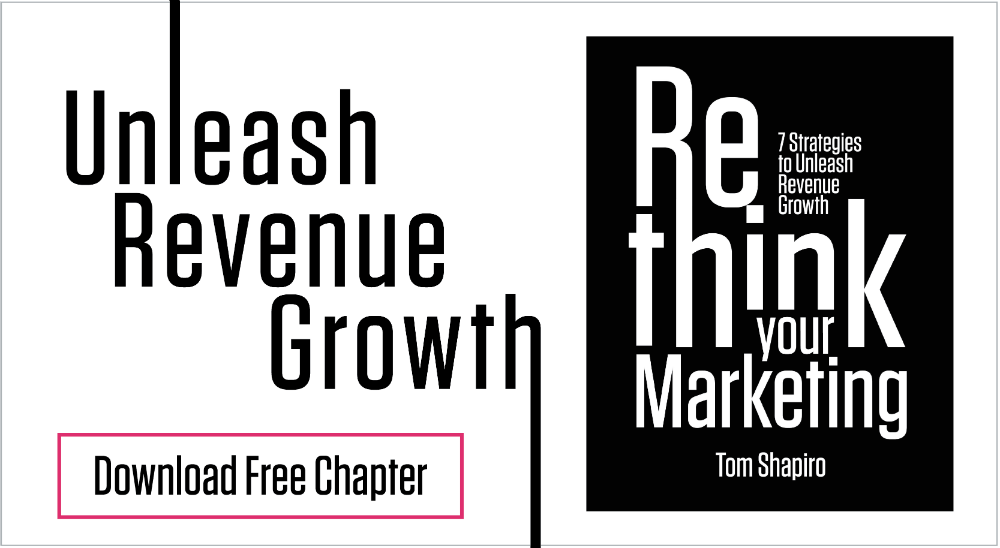Here are examples of companies that enjoyed explosive business growth after INCREASING their pricing.
Tripling Revenue with a New Pricing Model
Sometimes rethinking your revenue model requires bold action. That was the case for Snipcart, a Canadian-based SaaS e-commerce company that offers developers a flexible, HTML/JS based shopping cart solution.
Just starting out and wanting to grow their business quickly, they offered an aggressive pricing model to attract clients – 2 percent of sales generated. Their straightforward tagline was, “If you sell, we get paid. If you don’t, we don’t.”
The model worked as hoped and SnipCart built a customer base of nearly 2,000. After two years, they did some analysis of their customer activity and found that 80 percent of their revenue was coming from 20 percent of their customers. That meant eight out of 10 customers were using the platform virtually free. Worse yet, those were the customers that were swamping their support organization.
They realized they couldn’t continue to provide world-class support for customers who weren’t generating much revenue so they instituted a flat monthly minimum fee of $10. They feared they would face an exodus of customers but that wasn’t the case.
The Armageddon the founders feared never materialized. There was a slight 2-3 percent drop in signups, and they lost half their customer base – all non-paying customers that didn’t impact revenue at all but eased the burden on support substantially.
The impact on revenue was significant. New users signed on fully aware of the $10 flat fee and for those sub-$500 customers that stayed on, SnipCart instantly realized $10 each in added revenue. The result was a tripling of revenue that allowed the company to hire a new developer, accelerate product development velocity, and improve customer support.
Be Bold – Find Out What the Market Will Bear
The key lesson from SnipCart is not to be afraid to charge what your product is worth. Most reputable customers will pay for good value and most companies can be timid about asking a fair price for their product.
Jacques Mattheij, a pioneer in streaming webcam technology, discovered that you don’t know what you can get until you ask with an experiment he tried with his business.
In 2009, he was charging $4.95 a month for his product. A friend laughed at that and told him to double it. He eventually gave in and raised the price to $9.95 a month.
What was the loss of business going from $60 to $120 a year? None. Zero. No customers cancelled and he was getting the same average number of signups per day as before the increase. He called his friend to thank him and the response shocked him. “Double it again!” the friend told him.
A week later he took the plunge and raised the monthly rate to $19.95. Two weeks later the results were in: again no difference. He was getting the same number of signups per week.
Brimming with confidence, Mattheij went to the well one more time and doubled the price again and this time there was fallout – a marked drop off in signup rate. He had found what the market would bear. He reverted back to $19.95 a month, a 400 percent increase over what he had been originally charging with no impact on new customer acquisition.
The Pricing Power of Perceived Value
In the 1980’s the Concorde, the world’s first supersonic transport and the only commercial aircraft capable of flying at twice the speed of sound, was a marvel of technology but a dud as a business model.
British Airlines (BA) proudly ran a Concorde service for six years but the routes were hemorrhaging losses. They surveyed businessmen on what they thought the price of a Concorde ticket should be. Most of them had no idea since most of them had secretaries or travel departments that booked all their arrangements. But when they were asked to guess, they all estimated the fare to be higher than it actually was.
BA immediately revised its pricing policy – upward – since there was obviously a gap in the perceived value of the service and what BA was charging for it. They doubled the price of a one-way ticket on the Concorde to what would be an astounding $7,000 today. The new pricing repositioned the Concorde as a luxury item for super-elite travelers and the rich and famous. Sales never suffered despite the massive increase and the Concorde division quickly became profitable, making almost 500 million pounds (approximately $607 million).
Social psychologist Robert Cialdini says that:
“…in markets in which people are not completely sure of how to assess quality, they use price as a stand-in for quality.”
Rethink your pricing and make sure you are not sabotaging your own sales with low pricing.
Uncover additional strategies for increasing your revenue in my book Rethink Your Marketing, where I discuss various innovative and successful revenue models. Buy the book today!




